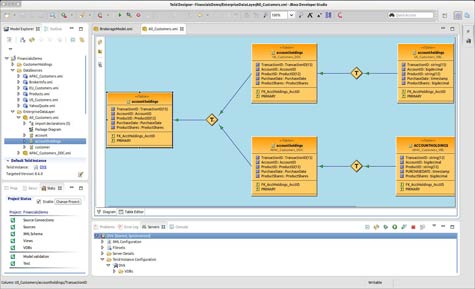Given the massive amounts of data that enterprise IT organizations are starting to routinely deal with, moving data around the enterprise to process it is becoming less practical. As a result, interest in data virtualization technologies that create virtual instances of data that physically resides somewhere else is on the rise.
This week, Red Hat updated its JBoss Data Virtualization software to add support for Cloudera Impala, Apache Solr and MariaDB, and provide bi-directional integration with the JBoss Data Grid in-memory database.
As a key/value database, Syed Rasheed, senior solution marketing manager for Red Hat JBoss middleware, says adoption of JBoss Data Grid is on the rise because more data needs to be processed in real time. Version 6.1 of JBoss Data Virtualization can then be used to read and write data to JBoss Data Grid.
In addition, data processed in JBoss Data Grid can then be exposed via REST application programming interfaces as, for example, OData, which makes it simpler to consume by any third-party application.
Simultaneously this week, Red Hat released version 6.4 of JBoss Data Grid 6.4, which adds integration with Red Hat JBoss Fuse enterprise service bus (ESB) software and the ability to automatically detect changes to the cluster environment.
The days when relational databases were the sole center of the data universe in the enterprise are clearly coming to a close. That doesn’t mean relational databases are going away. But it does mean that a new enterprise IT reality is emerging in the wake of the rise of Big Data that will include a much broader spectrum of database platforms.




